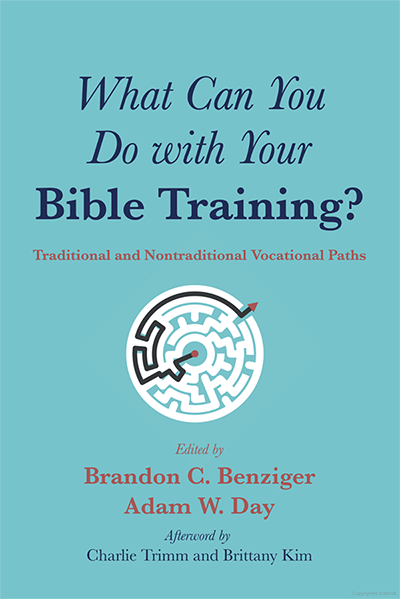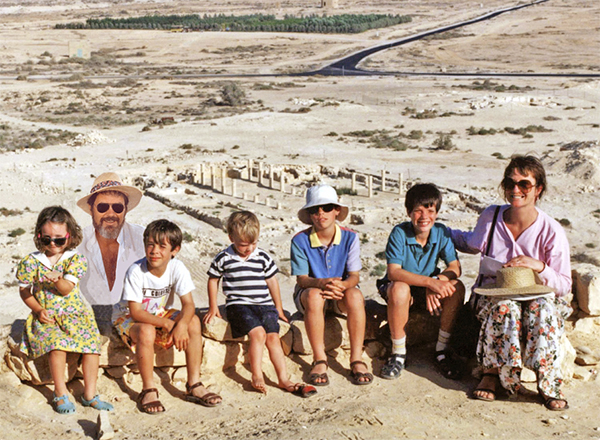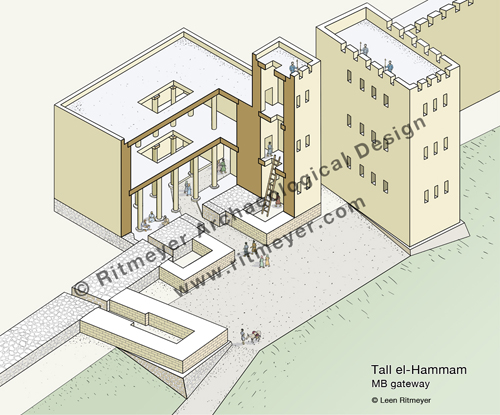
I am guessing that some, if not all, of the readers of my blog may be interested to see the latest book[1] to which I had been asked to contribute.
The authors, Brandon Benzinger and Adam Day, are to be commended to have tackled the problem of finding jobs for graduates of Biblical and Theological Study programs. As fewer and fewer jobs are available to them, the editors understood that to get employment, these candidates must think outside the box.
They asked 25 people who have found satisfying jobs to share their experience of how they settled into their present occupation, the ways in which they have used their biblical training in that occupation, the “joys” and “trials” of their work, and advice for those who would like to follow in their footsteps.
The book is divided into four parts:
Part 1: Academia
Part 2: Publishing and Media
Part 3: Congregational Ministry
Part 4: Parachurch Ministry, Missions, and Public Service
I would love to have had this book available at the beginning of my career, rather than nearer the end of it.
Personally, I can’t wait to read the contributions of Steve Ortiz and Mark Wilson, who are closest to my field of work, but I think that I will be quite amazed how interesting I will find many of the characters whose professional dreams are portrayed here.
My chapter in Part 2 is called “Design and Illustration”, in which I set out the various roads I have followed and to see how biblical studies can be a springboard to not just one but possibly a few different careers.
It is interesting to note that those who show the highest level of satisfaction are those with supportive familes.
Personally, I am very thankful that my work has also brought me many joys, chiefly in that I have been able to share it with my wife Kathleen, a trained archaeologist. Her excellent writing and research skills have enabled us to produce books and various other educational materials that people still find useful today. When my family was young, I was often able to take them on digs and give them some memorable experience. When they were older, they helped me at times with photography, cartography, and illustration.

And, of course, some of the most exciting moments in my career were the making of major discoveries, such as the placement of the ark of the covenant on the Temple Mount, the identification of the Middle Gate mentioned in Jeremiah 39:3, and the main gate of Sodom, where Lot sat (Gen. 19:1).

I warmly recommend this book to all those seeking alternative employment in this ever shrinking field.
[1] Brandon C. Benzinger and Adam W, Day, editors, What Can You Do with Your Bible Training? Traditional and Nontraditional Vocational Paths, Resource Publications, Eugene OR, 2023.
